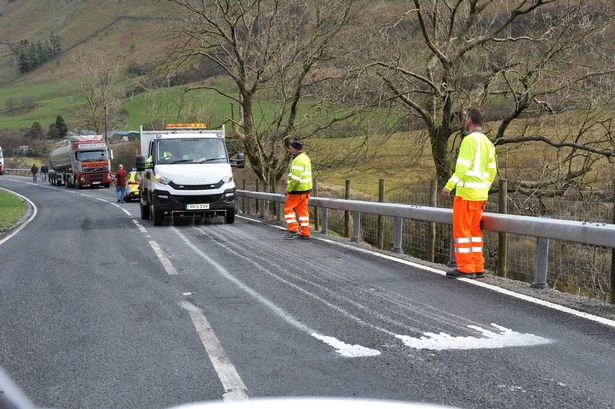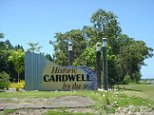[ad_1]
A soft drink refers to any liquid beverage which doesn’t contain alcoholic content. The title is most commonly used to refer to carbonated beverages such as soda, and seltzer, although it can technically be applied to juices and milk.
The first carbonated soft drinks were the mineral waters found in some hot springs. Many ancient societies believed that bathing in and drinking these liquids had a variety of health benefits. Often a shrine or health cult would grow up around the wells and springs which were the source of these liquids.
It wasn’t until the 1700’s that scientists began to discover processes which would allow them to replicate the mineral waters found naturally in those springs. English chemist Joseph Priestley was the first who actually managed to combine distilled water with carbon dioxide. His work was improved upon and made simpler by John Mervin Nooth, who actually built a carbonating device for commercial sale to pharmacies.
The Swedish chemist Torbern Bergman brought carbonated soft drinks to the next level, inventing a process whereby chalk could be combined with sulfuric acid to create large quantities of artificial carbonated beverages. It was his work that would eventually make it possible to begin offering carbonated soft drinks to a mass market of consumers.
Carbonated soft drinks were first made popular in the United States, when a Yale chemistry professor started selling them in New Haven Connecticut starting in 1806 using a Nooth device. Distributors also started offering the drinks in New York and Philadelphia during the first half of the nineteenth century. The popularity of these beverages skyrocketed, and by 1830 there were several factories producing soda fountains on a mass scale.
One of the early problems with the soda industry was containment. When carbonated water was placed in a bottle, it would create an enormous amount of pressure on whatever was used to close that bottle. This could lead to air escaping, causing the drink to go flat. During this time hundreds of patents were filed for cork, and cap methods, all of which were unsuccessful in keeping the bottles sealed over time.
The problem was finally solved by William Painter, a machine shop operator based out of Baltimore, who invented the Crown Cork Bottle Seal. This method was quite successful in keeping the air sealed in the bottle, and allowed for the widespread distribution of a variety of carbonated sodas.
At this time the bottles used to distribute soft drinks were all made from hand blown glass. In 1899 the first patent was issued to a company for the automatic machine manufacture of bottles. By 1903 the Libby Glass Company had opened the first glass bottle plant, and just a few short years later they were able to produce up to 58,000 bottles per day.
The 1920’s saw dramatic growth in the popularity of the soft drink, as vending machines started to appear in public places. This was also when the “Home Pak” was invented; a clever marketing tactic that bundled several bottles or cans, usually a derivative of six, and sold them as boxed sets.
Today the soft drink is not only an American tradition, but has traveled around the world, with companies like Coca Cola and Pepsi distributing millions of gallons of soda and other beverages to every country in the world.
[ad_2]




